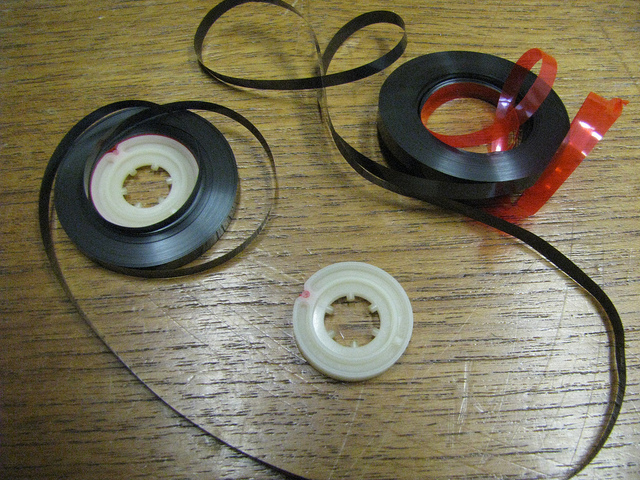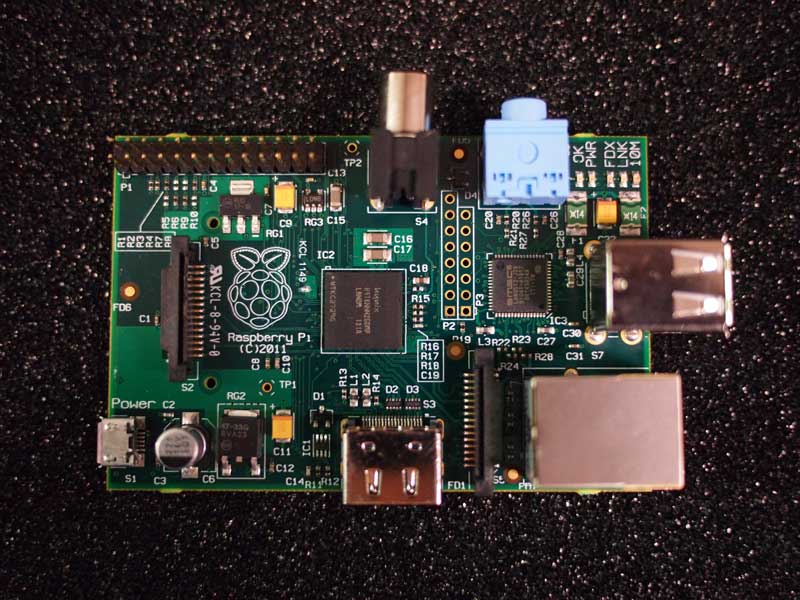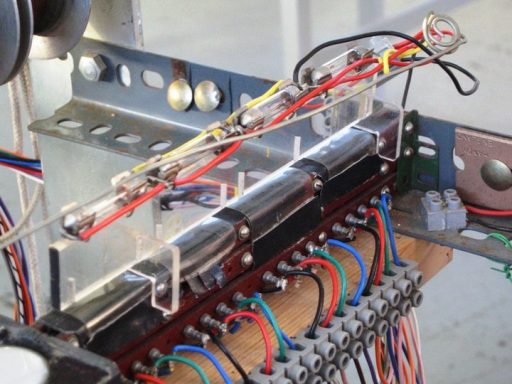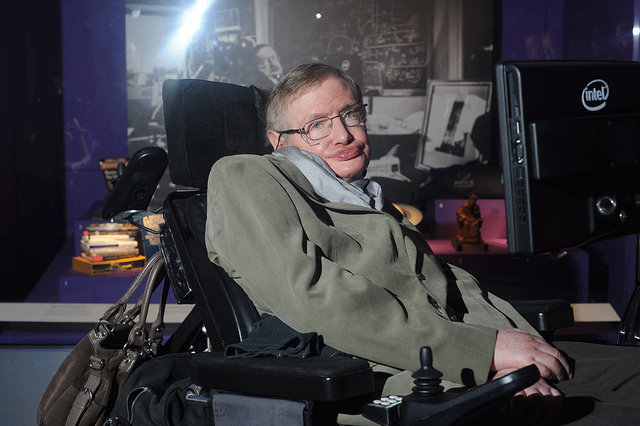
In the days before synthesisers, open source software and pirated soft-synths, electronic music pioneers had very few resources to create new and exciting sounds…

In the days before synthesisers, open source software and pirated soft-synths, electronic music pioneers had very few resources to create new and exciting sounds…
If you’ve ever been in hospital, there’s a good chance your doctor gave you morphine to help with the pain when recovering from a procedure. If you have ever had a bad cough, you might have been given a cough syrup with codeine in it. We don’t usually think of addictive substances as playing an important role in medicine, but the Science Museum’s pharmaceutical collection shows that these drugs have been widely used by doctors since ancient times. Opium in […]
This article was written by Ellie West-Thomas, Research Assistant for Electronic Music. Whilst exploring the Science Museum’s Stores at Blythe House, I came across something rather unusual. Being classically trained in music and music theory I have had to write a score and use musical notations on many occasions, but I never knew that a typewriter could be used to write sheet music. The Musicgraph or Musikriter, was invented by Lily Pavey, patented in 1961 and completed in 1963. Pavey was the […]

Last week, a new computer was launched, and within seconds, not only sold out, but also crashed the website! The Raspberry Pi is a British designed device, roughly the size of a credit card and costing a miniscule £22. It has been designed to inspire a new generation of schoolchildren to learn about programming.

On 10 October 2011, the Science Museum opened the exhibition Oramics to Electronica: Revealing Histories of Electronic Music.
Fifty year ago today, the Royal College of Physicians published a report on the effects of smoking which clearly linked the habit to cancer, bronchitis and other health problems. Although it came several years after the ground-breaking research by Richard Doll and Austin Bradford Hill which first raised the issue, it was this report which really marked a major shift in British attitudes towards smoking. Change was not instantaneous, but in 1965 cigarette advertising had been banned on TV and […]
The 29th of February, a Leap day, is coming up again. On this mysterious date 20- year- olds celebrate their fifth birthdays and so on. What has this got to do with this beautiful armilliary sphere , on display in The Science Museum, London? Armiliary sphere by Sisson (credit: Science Museum) The sphere was made in 1731 for Prince Frederick , son of George II, who died before his father, hence he never came to the throne. Both he and Princess Augusta were […]

There was a huge buzz of excitement in the Museum on Saturday afternoon when a crowd of visitors sang ‘happy birthday’ to the world’s best known scientist, Professor Stephen Hawking.
Mention ‘steam engine’ to most people and they immediately think of railway engines. Yet long before railways, stationary steam engines helped power the Industrial Revolution – the years between 1760 and 1830 when Britain became the world’s first industrial nation. Our standard of living, plus the environmental and energy supply issues which threaten us today, grew out of the Industrial Revolution. One of the oldest surviving engines from that time is now in the Science Museum, ‘Old Bess’ built in […]
Tape-players and tape-recorders were perhaps the most important instruments for many of electronic music’s pioneers, and for the staff of the BBC Radiophonic Workshop in particular. With few electronic instruments existing, early sonic explorers were forced to adapt and abuse existing technologies, and practices such as tape-splicing soon became vital tools in the search for new sounds. Since then, the situation has changed dramatically for most musicians and electronic instruments and equipment have become ever more accessible and affordable. Or […]

It’s not just our younger visitors who love drawing their ideas down on paper whilst inside our Launchpad gallery – adults do too!
Like most curators, I’m always on the look-out for interesting stories and things that capture public interest. So it won’t be much of a surprise to find I’ve been watching and reading Call the Midwife by Jennifer Worth. Call the Midwife chronicles the work of the author as a midwife in the East End of London in the 1950s. As you would expect we have a large collection of objects relating to midwifery and obstetrics. The piece of kit that caught […]